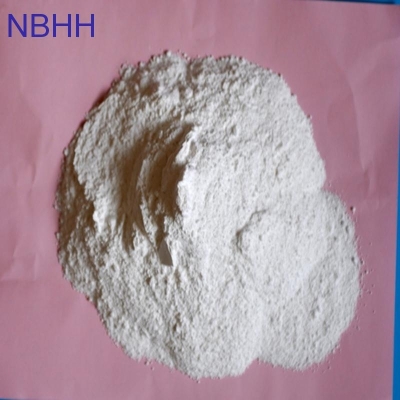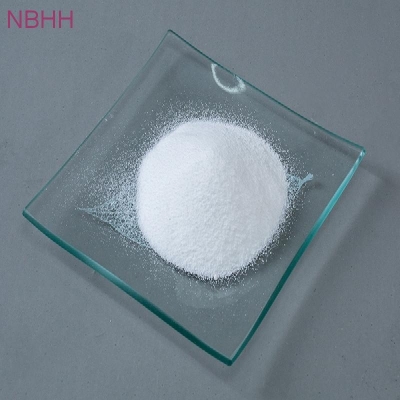-
Categories
-
Pharmaceutical Intermediates
-
Active Pharmaceutical Ingredients
-
Food Additives
- Industrial Coatings
- Agrochemicals
- Dyes and Pigments
- Surfactant
- Flavors and Fragrances
- Chemical Reagents
- Catalyst and Auxiliary
- Natural Products
- Inorganic Chemistry
-
Organic Chemistry
-
Biochemical Engineering
- Analytical Chemistry
-
Cosmetic Ingredient
- Water Treatment Chemical
-
Pharmaceutical Intermediates
Promotion
ECHEMI Mall
Wholesale
Weekly Price
Exhibition
News
-
Trade Service
Brassica juncea var.
gemmifera is a characteristic vegetable in the Sichuan-Chongqing region.
It belongs to the Brassica mustard variety of the cruciferous family.
It is rich in nutrients such as vitamin C, carotenoids and glucosinolates
.
Aiming at the problem of postharvest perishability and deterioration of S.
sporogenes, the Innovation and Application Team of Vegetable Germplasm Resources of Horticulture College analyzed the effects of chemical regulation methods such as sucrose and melatonin on the sensory quality, bioactive substances and antioxidant capacity of S.
sporogenes axillary buds , studied the chemical regulation means for delaying senescence and maintaining postharvest quality of spores, revealed the regulation mechanism of sucrose and melatonin treatment on postharvest quality of spore theoretical support .
gemmifera is a characteristic vegetable in the Sichuan-Chongqing region.
It belongs to the Brassica mustard variety of the cruciferous family.
It is rich in nutrients such as vitamin C, carotenoids and glucosinolates
.
Aiming at the problem of postharvest perishability and deterioration of S.
sporogenes, the Innovation and Application Team of Vegetable Germplasm Resources of Horticulture College analyzed the effects of chemical regulation methods such as sucrose and melatonin on the sensory quality, bioactive substances and antioxidant capacity of S.
sporogenes axillary buds , studied the chemical regulation means for delaying senescence and maintaining postharvest quality of spores, revealed the regulation mechanism of sucrose and melatonin treatment on postharvest quality of spore theoretical support .
Related research results are titled "Sucrose treatment delays senescence and maintains the postharvest quality of baby mustard (Brassicajunceavar.
gemmifera)" and "MelatoTwo academic papers on nin treatment delays senescence and maintains the postharvest quality of baby mustard (Brassicajunceavar.
gemmifera)” (Melatonin treatment delays senescence and maintains its postharvest quality) in the international academic journal Food Chemistry: X (Top Journal of the 1st District of the Chinese Academy of Sciences, IF=5.
182), "Frontiers in Plant Science" (Top Journal of Chinese Academy of Sciences 2nd District, IF=5.
753)
.
Sichuan Agricultural University is the first completion unit and communication unit for both papers.
The first authors are Di Hongmei, a 2021 master student in vegetable science.
The co-corresponding authors are Professor Sun Bo and Professor Zhang Fen from the School of Horticulture, and Li Huanxiu from the Fruit and Vegetable Research Institute.
Professors also made important contributions to the research results
.
The research was funded by the National Natural Science Foundation of China and the Sichuan Vegetable Innovation Team of the National Industrial System
.
gemmifera)" and "MelatoTwo academic papers on nin treatment delays senescence and maintains the postharvest quality of baby mustard (Brassicajunceavar.
gemmifera)” (Melatonin treatment delays senescence and maintains its postharvest quality) in the international academic journal Food Chemistry: X (Top Journal of the 1st District of the Chinese Academy of Sciences, IF=5.
182), "Frontiers in Plant Science" (Top Journal of Chinese Academy of Sciences 2nd District, IF=5.
753)
.
Sichuan Agricultural University is the first completion unit and communication unit for both papers.
The first authors are Di Hongmei, a 2021 master student in vegetable science.
The co-corresponding authors are Professor Sun Bo and Professor Zhang Fen from the School of Horticulture, and Li Huanxiu from the Fruit and Vegetable Research Institute.
Professors also made important contributions to the research results
.
The research was funded by the National Natural Science Foundation of China and the Sichuan Vegetable Innovation Team of the National Industrial System
.







